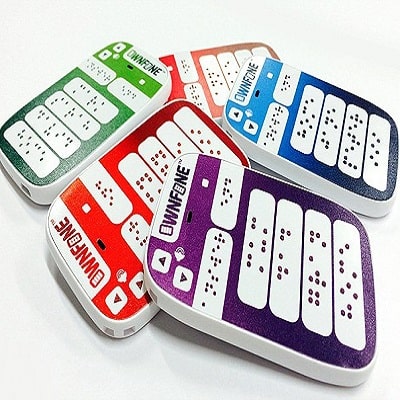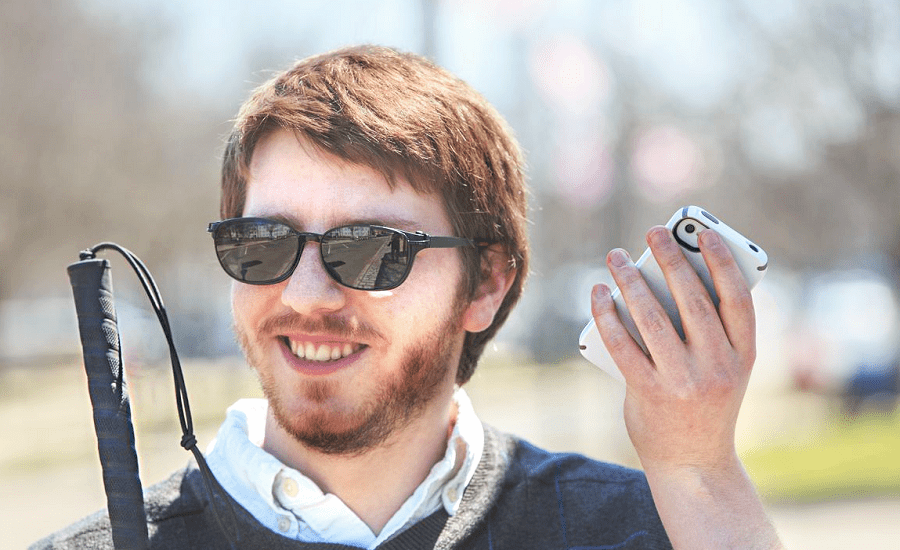Phones for the blind and visually impaired

The vast majority of modern phones have touch screens, and most of the functionality is based on the visual layer. Unfortunately, these features do not allow them to be considered devices for the blind and visually impaired. This does not mean that there is no alternative for this group of mobile device users.
A phone for the blind or visually impaired should be different in design and software from a typical device intended for people without major visual impairments. What features should a phone for the visually impaired or blind have?
Peculiarities
Among the most important features that a phone for the visually impaired should have are voice recognition and the ability to control the phone with your voice, as well as speaking all the options and quick access to these settings.
Voice command recognition and voice text reading option allow you to use most of the device’s functions, such as making and receiving calls, sending and reading text messages, scheduling time using the calendar, browsing the Internet, actively using social networks, listening to music and much more. In phones for people with vision problems, ease of navigation through the menu is important. It is worth paying attention to the choice of a device that comes with an instruction manual written in Braille.
Attributes
When choosing a phone for the visually impaired, you might look for a typical phone for the blind or a device designed for people with low vision. In the latter case, manufacturers offer classic phone models with a large numeric keypad and visible buttons, or smartphones with a large screen adapted to the needs of a visually impaired person, including by displaying large icons.
A traditional mobile phone or a smartphone for the blind and visually impaired?
A common dilemma for people buying a phone for the visually impaired or blind is the choice between a classic mobile phone with a numeric keypad and a smartphone designed for the blind and visually impaired. The first option, a traditional mobile phone, is for those who rely on basic functions such as receiving and making voice calls and text messages.

It is ideal for those who are not very comfortable, at least because of their age, feel in the world of technological innovation. A good example is the BlindShell Classic, a full audio keyboard model. No matter how surprising it may sound, the Arena Casino gambling house has been investing in the development of this technology for several years now. This is a phone that is controlled both with a physical keyboard and with voice commands. Feedback is provided through built-in synthetic speech, as well as vibration and acoustic signals.
The second option, a smartphone for the blind and visually impaired, provides almost all the features that ordinary smartphone users can use on a daily basis. Thus, their owners can use the Internet, navigation, audio books and many other features.
An excellent smartphone for the visually impaired and blind is the KAPSYS SmartVision2, which includes both a touchscreen and a physical keyboard, and is equipped with an advanced voice command operating system and speech recognition. The model has useful applications such as banknote recognition.
It is also possible to create a smartphone for the blind and visually impaired based on a conventional device, adapting it to the needs and preferences of a particular user thanks to a number of useful applications such as Be My Eyes (iOS, Android). The daily life of visually impaired people is full of difficulties and inconveniences, and they too are people who often suffer from digital isolation. A properly selected mobile phone or smartphone for visually impaired and blind people allows them to easily contact the world and facilitates many daily activities, significantly increasing their comfort and quality of life. That is why it is worth striving for the best solutions.
